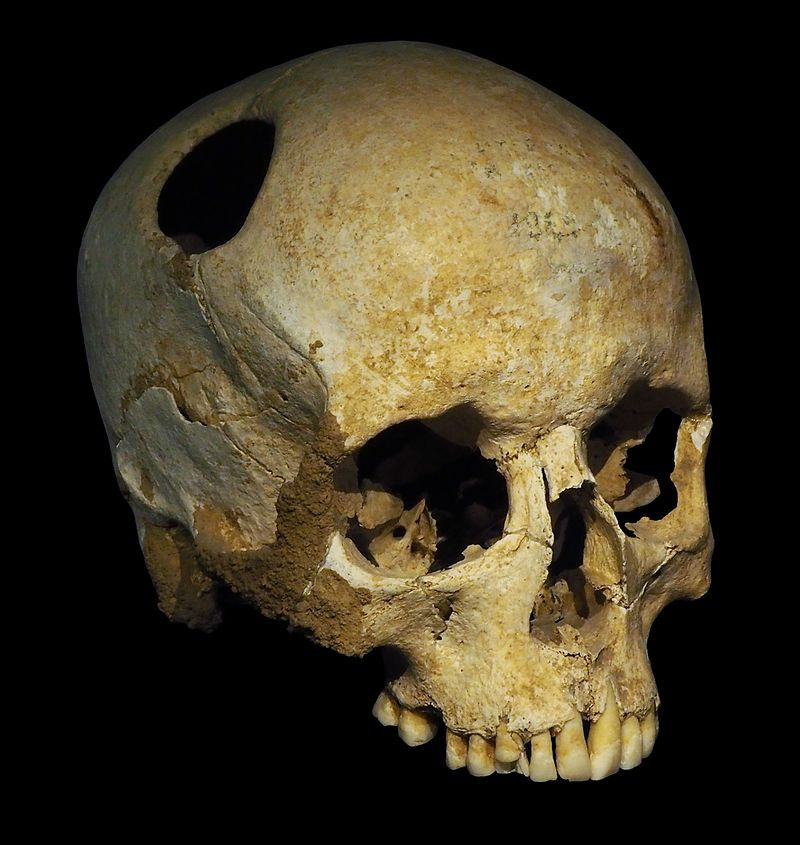
Please Note: This blog was first posted in March of 2020, shortly after the first national lockdown began in Ireland.
In this atmosphere of panic and fear amid the global pandemic we are all experiencing right now, one thing we can all take some comfort in is the expertise, talent and dedication of our healthcare professionals on the front lines. The world has faced plagues like these before, though never before with so much knowledge about the spread of diseases and the best methods to prevent them. Medicine has come on greatly in recent years, and today we’re going to look at some of the more bizarre cures humanity has attempted in response to illness, so while anxiety is to be expected in current times, we hope you can take some comfort in the knowledge that, well, it could always be worse…
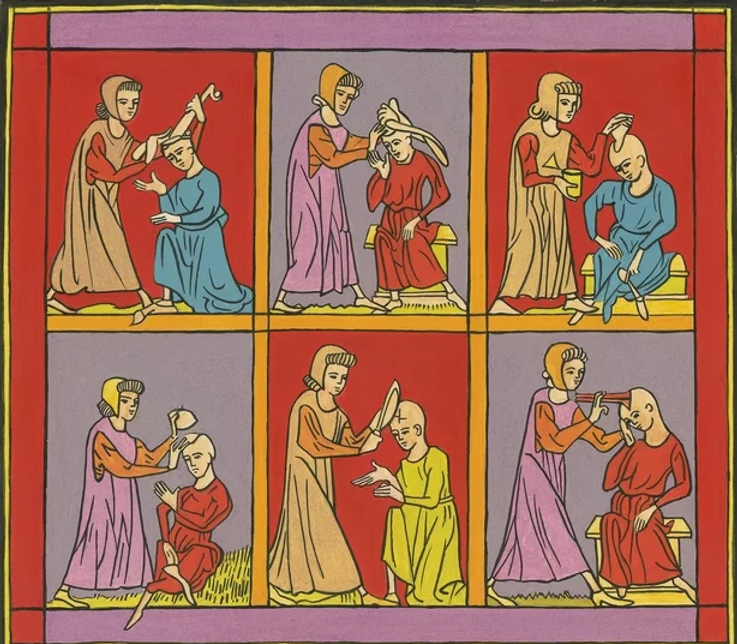
Some medieval cures were utterly useless: For example, it was long believed that a cold sore could be cured by applying your own earwax to the affected area! Urine was applied to acne to soothe the skin (and in Italy was used to give your hair some luscious natural highlights) and candles used during a funeral or the hand of a corpse were used to treat a number of different illnesses.
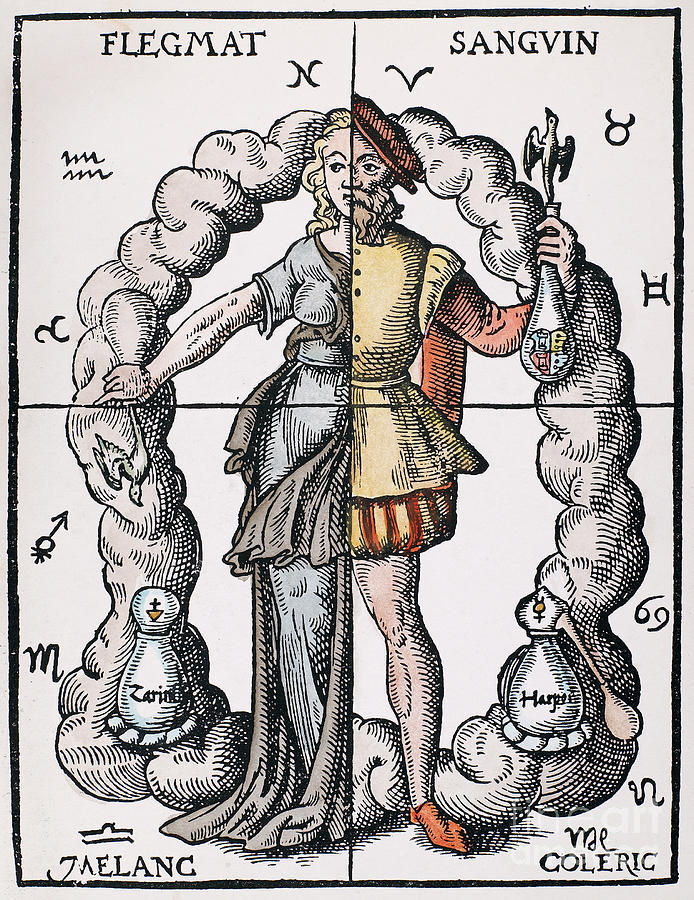
A depiction of the four humours of the human body
Medieval medicine was essentially based around the balancing of what were termed the ‘humours’. It’s a little like the principle of the four elements (earth, wind, fire and water), today we know that there are far more elements present in nature, but during this period the balance of four was considered vital for the health and happiness of the world. There were also four in the human body: blood, black bile, yellow bile and phlegm. Medieval physicians believed that all of these substances existed in harmony together – but only as long as they were present and accounted for in the right amounts, any more of one or less of another and the whole system was thrown out of whack, leading to illness.
This is where we get slightly insane-sounding cures like blood-letting, where doctors made a small incision and allowed blood to flow, sometimes even using leeches. This was done to restore the balance as they believed that the patient had too much blood in their system rendering the humours all wrong. It was a practice in use for 2000 years up until fairly recently and has slightly uncertain origins. It may have originated in ancient Egypt for example where people reportedly saw the blood-red sweat of hippopotamuses and believed they scratched themselves to reduce stress, or could have come about in Ancient Greece as a result of menstruation which some ancient physicians believed existed to purge women of ‘bad humours’.
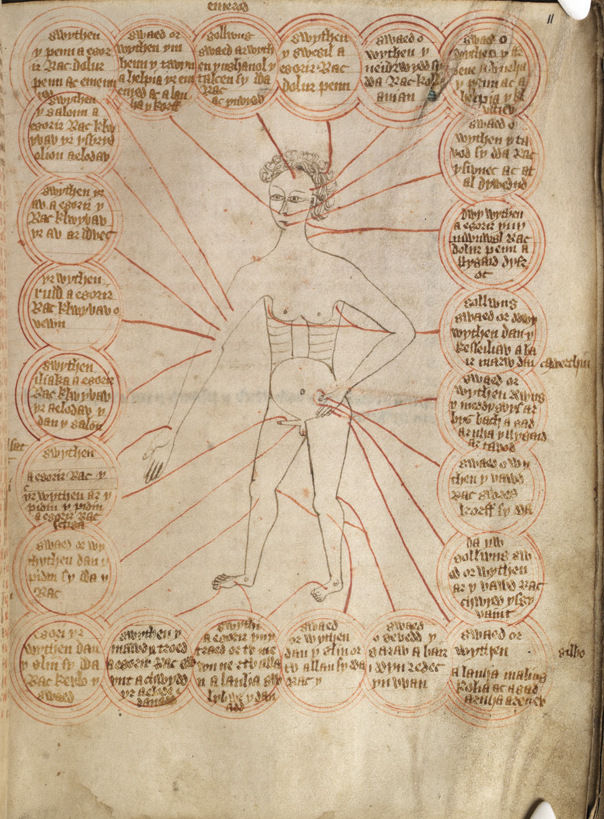
A 13th century guide to the best spots for blood-letting depending on the disease in the National Library of Wales
Some doctors believed firmly in this practice until the late nineteenth century, and here in Waterford we had William Mackesy, a prominent member of the Mackesy medical family who became known locally as Billy the Bleeder because of his excessive use of the practice! By this time though it was unusual for doctors to perform this treatment, and usually they merely recommended it and the patient went to a barbershop to have the prescription carried out. Have you ever wondered why barbershops have a red and white striped pole outside? Allegedly it traces its origins back to bloodletting, with the red symbolising blood, and the white representing the bandages. Barbers in this time were known as barber-surgeons and thanks to their sharp razors and steady hands, could supply you with anything from a haircut to an amputation.
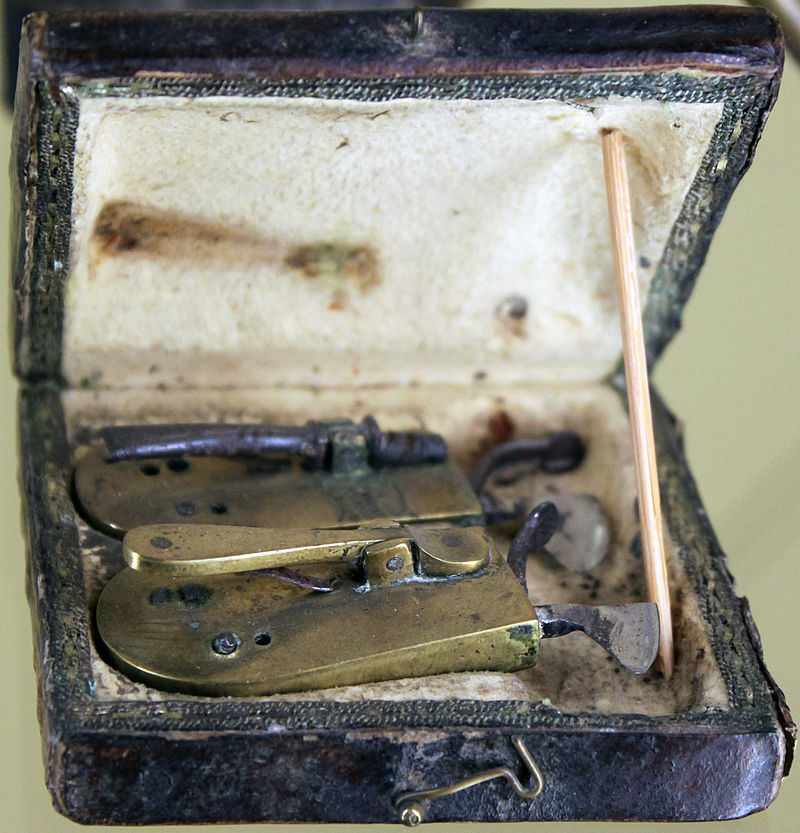
A barber surgeons bloodletting set from the Märkisches Museum Berlin
Some of these treatments may have been as effective as, well, blowing smoke up someone’s bottom. In fact that was a treatment too! Smoke enemas were first developed in Native American culture as a method to aid respiration or revive someone who had fallen unconscious, but when European colonisers arrived and brought tobacco back home with them, the smoke enema became a panacea (or a universal remedy) and was used to treat everything, including; headaches, respiratory failure, colds, hernias, abdominal cramps, cancer, gout, worms, typhoid fever, and cholera outbreaks. It was thought to be especially effective in treating people who had hypothermia or suffered drowning, as blowing heat in one side could only push the cold/ water out the other.
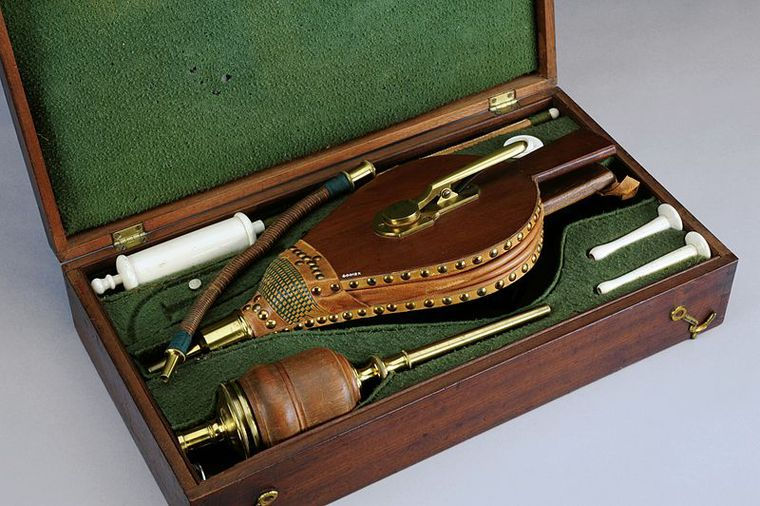
Bellows used to administer a tobacco smoke enema
One of the most famous (and certainly most frightening) medieval medical treatments was trepanning – sometimes called trephining or making a burr hole. This is the name given to a type of medieval medical treatment which involved drilling or scraping a hole through the head until a thick membrane which protects the brain called the dura mater was revealed. Often when we hear about this early form of major surgery, it’s on films and stories used for comedic effect but despite what you may have heard, they didn’t drill a hole through your head just for a headache! There is some evidence that in some cultures it was performed to let out ‘evil spirits’ that were causing illness in a patient, but trepanning was usually performed to stop debilitating seizures, or to release pressure/ remove debris built up from a serious head injury.
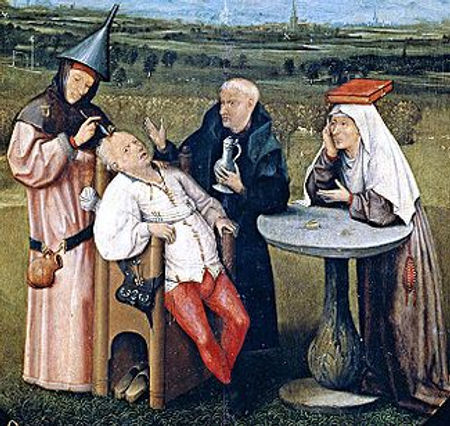
‘The Extraction of the Stone of Madness’ by Bosch

This woman’s skull shows that she recovered and went on to live after her treatment
The most famous medieval Irishman to undergo the treatment of trepanning was Cenn Fáelad mac Ailella a young chieftan who took a serious blow to the head at the age of 22 during the Battle of Moyrath in 637. The strike of a sword fractured his skull and his men carried him to the Abbey of Tomregan so that he might be treated by the monks there and hopefully survive. The monks ran a hospital at the Abbey, as was often the case in Medieval Ireland and apparently decided that to save Cennfaeladh’s life, their only option was to remove not only a section of his skull, but part of his brain as well. Shockingly, he didn’t just recover from his injury and subsequent surgery – he found himself greatly improved! ‘The annals tell us that after his recovery, Cennfaeladh found that his ‘brain of forgetting was knocked out of him’ (that is to say, he lost the ability to forget anything at all and remembered everything ever said to him thereafter in absolute detail) and that he became a scholar and a poet, a learned man respected across the island of Ireland!
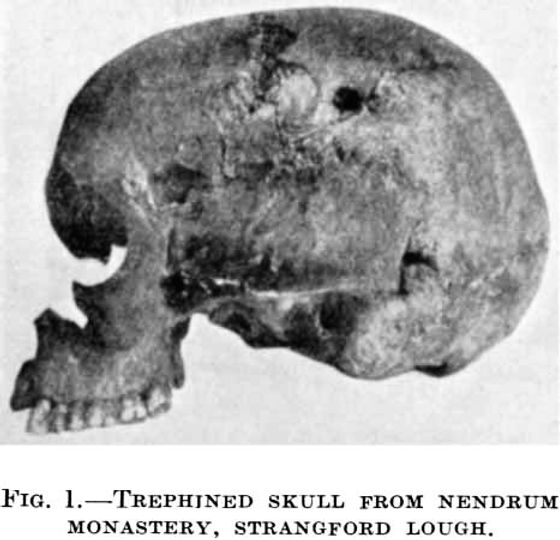
Source: Thomas Walmsley
As we know from modern medicine, a blow to the head can cause swelling of the brain and sometimes surgery is performed (admittedly in a sterile, professional environment) to remove part of the skull and allow this swelling to go down. However, it seems our ancestors figured this out over 8,000 years ago! Burial sites across France, Siberia and the Americas have found evidence of ancient humans spontaneously coming to the same conclusion – that drilling a hole directly through the skull and sometimes even taking a portion of the brain out could prove remarkably effective in the treatment of maladies of the brain! There is even ample evidence that the survival rate was incredibly high, with most patients going on to lead normal lives – not that we would recommend it…
I leave you with one final cure: In the 15th and 16th centuries, the ‘sweating sickness’ swept across Britain and Ireland and decimated the poor and wealthy classes alike – plague it seems, has always been the great equaliser. Victims were reported as being ‘merry at dinner and dead by supper’. The disease was rapid-acting, characterised by headaches, delirium and intense fever and it is thought by some that it could have been an early example of a flu pandemic that struck every summer for almost 80 years. The disease sent British and Irish society spiralling, and even Kind Henry VIII was so terrified that he made his own cure of herbs and wine which he forced friends and family to drink in an effort to protect them, but there was one recommended cure which was more than a little unusual: the ‘Philosopher’s Egg’. To make this particular cure you only needed to grind together saffron, mustard seeds and just a smidge of unicorn horn. You could also wear a necklace of garlic (which will ward off the vampires if nothing else) or drink the water of dragons? Who knows? desperate times…


